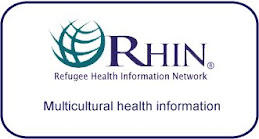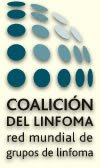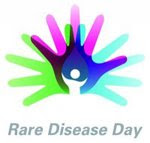Obstet Gynecol. 2014 Jun;123(6):1177-84. doi: 10.1097/AOG.0000000000000285.
miércoles, 17 de junio de 2015
Trends in glyburide compared with insulin use for gestational diabetes treatment in the United States, 2000-2011. - PubMed - NCBI
Trends in glyburide compared with insulin use for gestational diabetes treatment in the United States, 2000-2011. - PubMed - NCBI
To describe trends and identify factors associated with choice of pharmacotherapy for gestational diabetes (GDM) from 2000-2011 using a healthcare claims database. This was a retrospective cohort study of a large nationwide population of commercially insured women with GDM and pharmacy claims for glyburide or insulin before delivery, 2000-2011. We excluded women younger than 15 years or older than 50 years, those with prior noninsulin-dependent diabetes mellitus, or those who had multiple gestations. We estimated trends over time in the use of glyburide compared with insulin and prevalence ratios and 95% confidence intervals (CIs) for the association between covariates of interest and treatment with glyburide compared with insulin. We identified 10,778 women with GDM treated with glyburide (n=5,873) or insulin (n=4,905). From 2000 to 2011, glyburide use increased from 7.4% to 64.5%, becoming the more common treatment in 2007. Women less likely to be treated with glyburide were those with metabolic syndrome (prevalence ratio 0.71, 95% CI 0.50-0.99), hyperandrogenism (prevalence ratio 0.77, 95% CI 0.62-0.97), polycystic ovarian syndrome (prevalence ratio 0.88, 95% CI 0.78-0.99), hypothyroidism (prevalence ratio 0.89, 95% CI 0.83-0.96), or undergoing infertility treatment (prevalence ratio 0.93, 95% CI 0.86-1.02). The probability of receiving glyburide decreased by 5% for every 10-year increase in maternal age (prevalence ratio 0.95, 95% CI 0.91-0.99). Among women prescribed with glyburide, 7.8% switched or augmented to a different drug class compared with 1.1% of insulin initiators. Glyburide has replaced insulin as the more common pharmacotherapy for GDM over the past decade among those privately insured. Given its rapid uptake and the potential implications of suboptimal glucose control on maternal and neonatal health, robust evaluation of glyburide's relative effectiveness is warranted to inform treatment decisions for women with gestational diabetes. II.
Suscribirse a:
Enviar comentarios (Atom)
































No hay comentarios:
Publicar un comentario